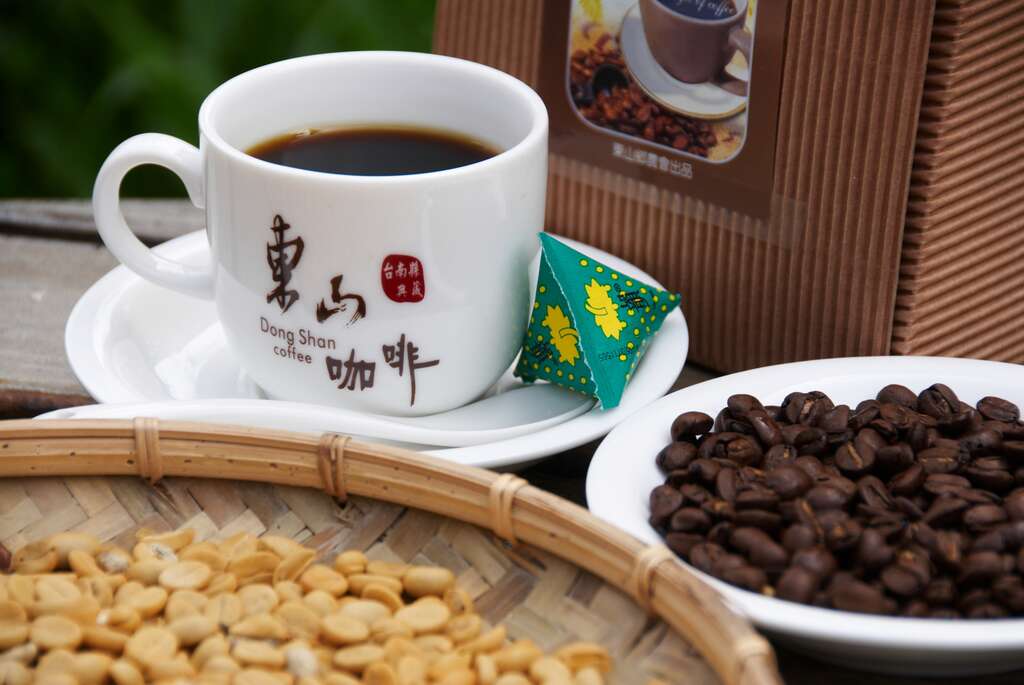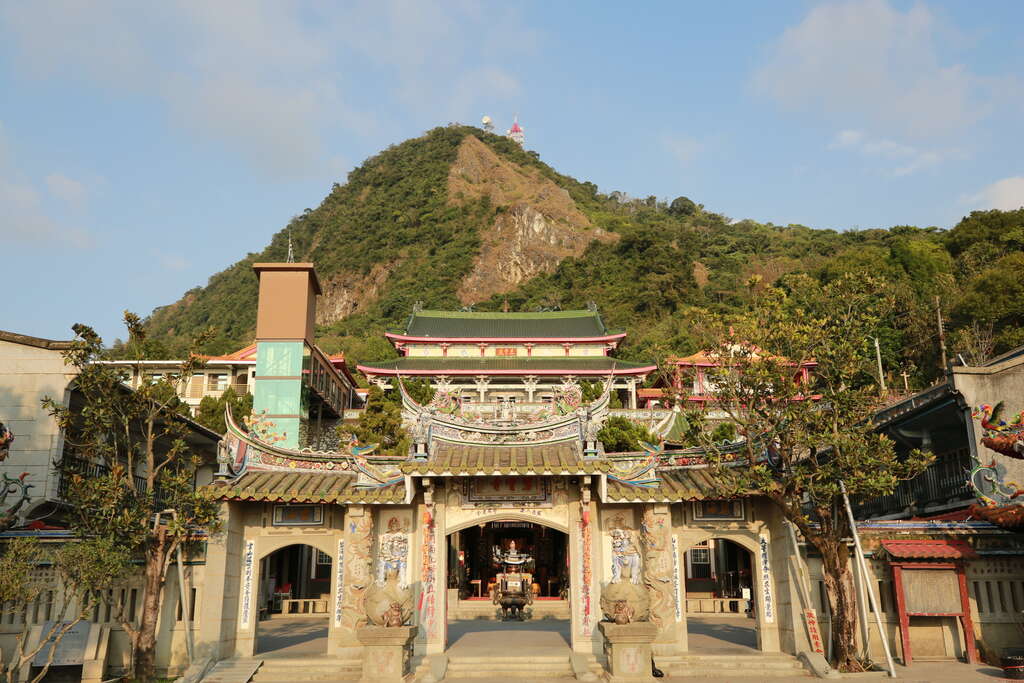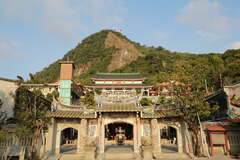Chasing with the Wind at Dongshan 175 Coffee Road

■Guanziling Mud Hot Spring
Guanziling Hot Spring was one of the four major hot spring areas in Taiwan under Japanese rule, along with Sihchong River, Beitou and Yangmingshan. The mud hot springs in Guanziling are rare in Taiwan, mainly because when the warm water gushes out, the green mudstone deposited in the coral reef layer is brought out, which makes it appear greyish-black. The hot springs at Guanziling are weakly alkaline carbonated and can be used to apply mud to the face or body for beauty and health purposes. A national treasure, the mud springs contain sulfur and salts that kill germs and soften dead skin after soaking in them. For those who value good looks, be sure to come and take a dip!
 ■Huoshan Biyun Temple
■Huoshan Biyun TempleA literary man named Shi Yingxiang came to Taiwan from China and lived at first in Agongdian (now Gangshan District), but three months later he climbed the volcanic Daxian Rock in search of a place to retreat in his old age. Adept at reading feng shui, Shi Yingxiang discovered that the "half wall hanging fire" on the southern side of Zhentoushan was said to be a Qilin den. He therefore brought back the statue of Guanyin from the Daxian Temple to be installed at the Biyun Temple, and retired to practice in seclusion, which is the origin of the Biyun Temple today. Later, Chiang Kai-shek visited the Biyun Temple to offer incense and bestowed a plaque reading "Linsiao Holy Temple."
The Biyun Temple is located halfway up the hill in Guanziling, and visitors stop by the temple square every afternoon to enjoy the sunset and the view of the Chianan Plain. Be sure to come to Guanziling to admire the lovely sunset!
■Fire and Water Spring
Fire and Water Spring is also known as "Water and Fire Cave." According to the laws of nature, water and fire are incompatible, but the geological structure of this place is so special that there is natural gas coming out of the cliff walls and the flames do not go out after being lit, while there is spring water gushing out from the crevices of the cliff walls at the same time, forming a special natural landscape of "fire in water and water in fire."
There is a tale passed around the local community that a qilin lives in Guanziling, its head is the source of fire and water, its tail extends eastwards in the Hongye Tunnel, the hot spring area is where its four feet stand, and the hot spring is its urine. A lively and outgoing animal, it likes to breathe fire for people to admire and protect the inhabitants of Guanziling for generations.

Guanziling Hongye Park is one of the most ecologically rich places in Taiwan for purple crow butterflies. Through eco-education courses and activities with conservation groups and schools, Siraya communities have planted plants that attract butterflies and grown nectariferous Kusukusu eupatorium plants in the Hongye Park to create an ecological environment suitable for butterfly colonies. 114 species of butterflies can now be seen.
Due to the low altitude of the park, the temperature differential in autumn is often less than 15 degrees Celsius (local maples need a temperature difference of more than 15 degrees before their leaves turn red), so it is more common for the leaves to gradually turn red in mid to late December. Situated in the valley and above the hot spring area, the leaves of the maples change color depending on the temperature on the windward side of the tree, and although it is not always possible to see all red, the maple leaves often have a colorful display between the trails. Want to walk among hundreds of butterflies or stroll through the red maples? Why not visit the Hongye Park?
■Guanziling Baoquan Bridge (hot spring outlet)
The Baoquan Bridge is one of the outlets of the Guanziling Mud Hot Spring, where the air reeks of sulfur as you approach, and visitors can see the mud spring gushing out at close range. The neon lights around the bridge illuminate the hot spring area at night, making it a perfect place to take a stroll after a soak!

County Highway No. 175 is a popular destination for riders of heavy motorcycles, who enjoy the breeze of the mountains and the unrestricted thrill of riding. After a long ride, they can stop for a cup of local Dongshan coffee and take in the scenery of the Dongshan 175 Coffee Highway for a relaxed life.

Famous for an ultra-large water-absorbing well on the surface of the water, Sikou Little Switzerland is a hydraulic facility for the Wushantou Reservoir to bring in water from the Tsengwen River, and it is called Sikou (lit. "mouth of the river") because it is the western outlet of Wushanling. The Sikou valley has been known as Little Switzerland since long ago because of its tranquil scenery, while lush grass and beautiful landscape have made it a popular camping site in Tainan for many years.
Summer afternoon thunderstorms are common, rain gear is recommended





